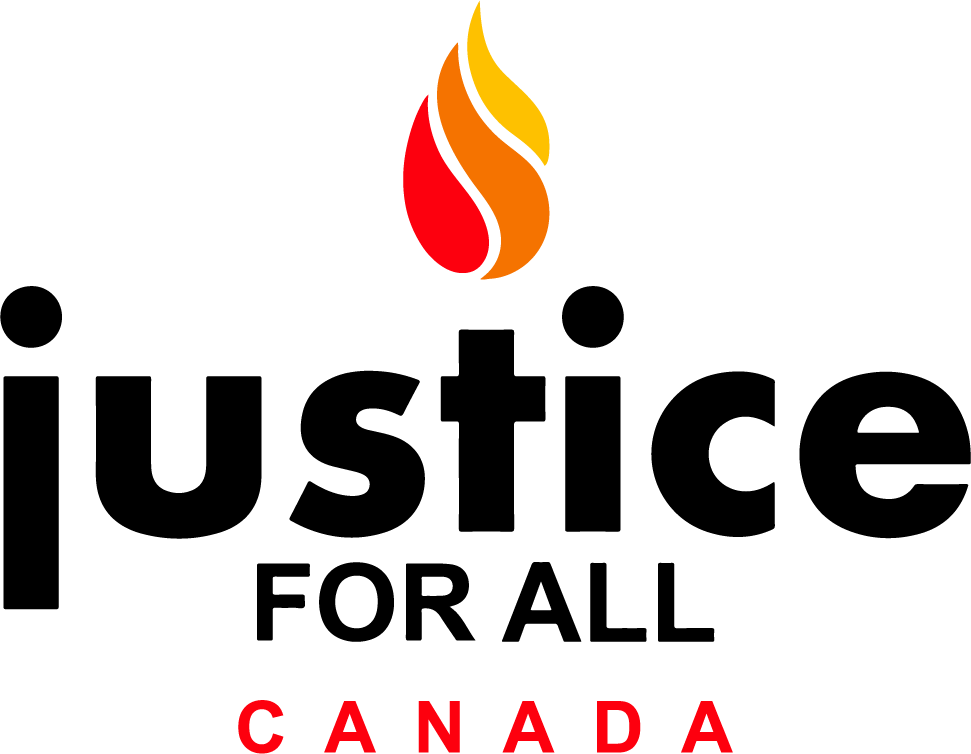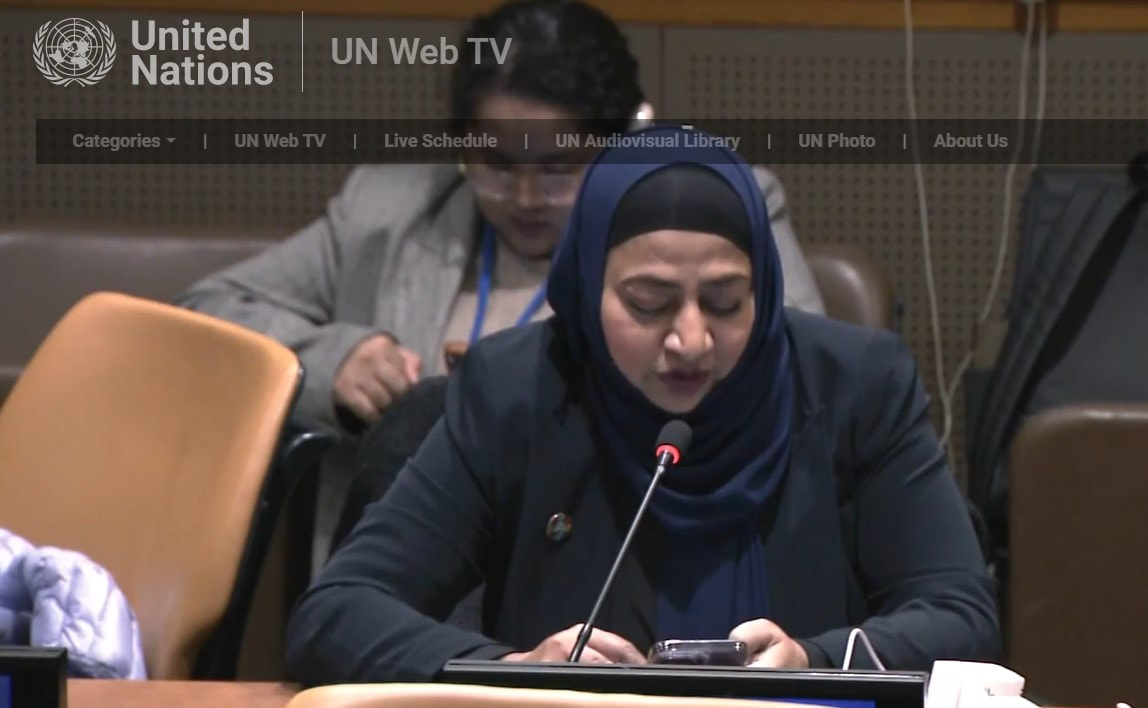|
Justice For All Canada attended the 7th Expert Mechanism on the Right to Development (EMRTD) session in New York on April 3rd, 2023. Campaign Manager Tazeen Hassan contributed to the panel by discussing ongoing military occupation and human rights violations committed by the Indian government in Kashmir, including the impact on the region’s environment and sustainable development. Watch the address here.
My name is Tazeen Hassan and I'm from Justice For All Canada. While this session focused on the right to development including the environment, I would like to draw the attention of this esteemed panel to an important human rights issue related to the environment. The environmentally damaging aspect of the conflict and occupation is a serious human rights issue that policymakers have yet to address. An environmental catastrophe almost equivalent to genocide is affecting 10 to 40 million people in Indian-administered Kashmir and the surrounding region. The glaciers in Indian-administered Kashmir are melting at a twofold faster rate than the glaciers in other parts of the world. This poses a serious threat to the region's water security, and is an existential crisis for the Kashmiri population, 70% of whom rely on agriculture. Regrettably, this environmental disaster is not primarily a result of the natural or anthropogenic activity of the indigenous Kashmiri population, but an inevitable consequence of the deployment of over half a million occupational troops. Since the late 1980s, the deployment of these troops has taken a significant toll on Kashmir's ecology, while the Indian government has allowed unrestricted religious tourism, exacerbating the problem. As a result of these policies, the Kolahoi Glacier, the largest in the region and the primary source for the Jhelum River, has lost 23% of its area in the last three decades. While the Siachen Glacier has lost half of its area since 1984, the destruction of glaciers is no less damaging than a nuclear war, despite the Kashmir region being a bone of contention among three nuclear neighbours. This esteemed panel is well aware of the environmentally disastrous effects of conflict and occupation. Deploying half a million troops requires massive deforestation to make room for their barracks and shooting ranges. Military training involves the extensive use of firearms and their debris, all sources of environmental damage. These activities have been ongoing for over 30 years. According to United Nations and reputable media organizations, the Indian Army has been involved in environmentally damaging policies such as burning shops, homes and even entire villages as punishment for the Kashmiri people's self struggle for self-determination. The Indian Army has also been involved in smuggling timber out of Kashmir. That is also environmentally damaging. Recently, after the revocation of autonomy in 2019, the Indian government has been altering the demography of the Kashmir Valley, which will directly increase anthropogenic activity. Almost 100% of commercial mining projects in the Jhelum River have been awarded to non-Kashmiri businesses from Maharashtra, Gujarat and other areas of India. Besides the destruction of flora and fauna, the massive mining is damaging the walls of the Jhelum River, which has caused flooding in the past. Floods have already caused the disaster of astronomical scale in Kashmir and Pakistan. I urge authorities here at UNHCR and the focus thematic panel to examine the environmental side of human rights development, conduct investigations and collect evidence to document the extent and impact of the environmental genocide in Kashmir. Thank you. |

